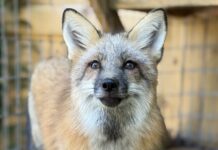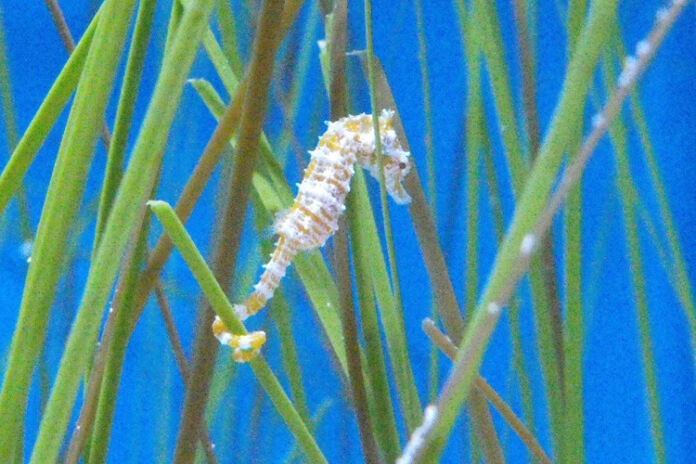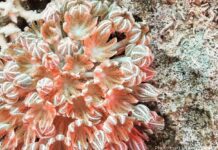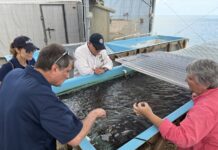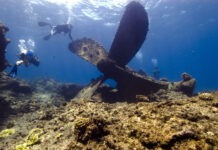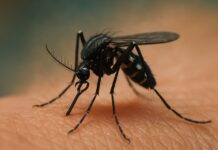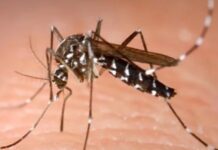Believe it or not, when I was little you could go into almost any souvenir shop in Florida and find huge baskets filled with hundreds of dried seahorses for sale next to bleached sand dollars, sea urchins, corals and seashells. Luckily, we do not often see those wasteful souvenirs in the United States.
However, there are still huge markets elsewhere in the world for dead and dried seahorses, especially on the black market for illegal wildlife products. Poachers collect seahorses and sell them for traditional medicines in Asia.
There are 47 known species of seahorses around the globe. Fourteen have been discovered since 2000. They live in shallow coastal seas, in temperate, subtropical and tropical regions. Seahorses can typically be found in seagrass meadows, coral reefs, under mangroves on the prop roots and attached to sargassum floating in the open ocean.
There are three species of seahorses in the continental United States: the pygmy or dwarf seahorse Hippocampus zostera, the lined seahorse Hippocampus erectus, and the Brazilian or long-snout seahorse Hippocampus reidi. The dwarf seahorse is one of the smallest seahorse species and grows up to 1 ½ inches. Pipefish are very closely related to seahorses, and it is pretty obvious when you look at them because they basically look like stretched-out seahorses — or maybe seahorses look like curled-up pipefish? What you might not know is that the trumpetfish and cornetfish are also close cousins to seahorses.
Seahorses and their cousins all have a long snout that is used to capture prey by pivot feeding – an upward rotation of the head, followed by suction to draw the prey into the snout. They are ambush predators that mainly eat small crustaceans like shrimp, copepods, amphipods and larval or juvenile fish. One of the unique characteristics of seahorses is that the male carries the baby fry through gestation and birth. The male has a brood pouch with an oviduct, where the female places the eggs and they are fertilized. The male will carry the eggs in his pouch while they develop. After several weeks, the baby seahorse fry are born alive and ready to fend for themselves.
Most female seahorses choose a mate and stay with that mate for a long time. This is especially apparent when you have seahorses in the aquarium. While I was an intern at Mote Marine Aquarium in Sarasota, I took care of the seahorse room. Almost every day the mature female seahorse would meet with the male at the bottom of the tank, and they would dance and spin to the top of the aquarium.
Unfortunately, seahorses are under threat, especially due to habitat loss all over the world. They also live on coral reefs that are in global decline. If you are an aquarium keeper, try to buy animals that have been captive-bred. Seahorses and other fish bred on aquaculture farms are more likely to survive than wild-caught and are accustomed to the food available at local fish stores. This supports your local economy and ensures that more animals are not being wild-caught in places that may not have government oversight, or worse, use destructive fishing practices, like cyanide or explosives.
And finally, when you are on vacation you may see coral, or coral jewelry, seashells or dried seahorses and other animals. Please avoid buying these products since it incentivizes the tourism industry to keep obtaining these animals for sale.













